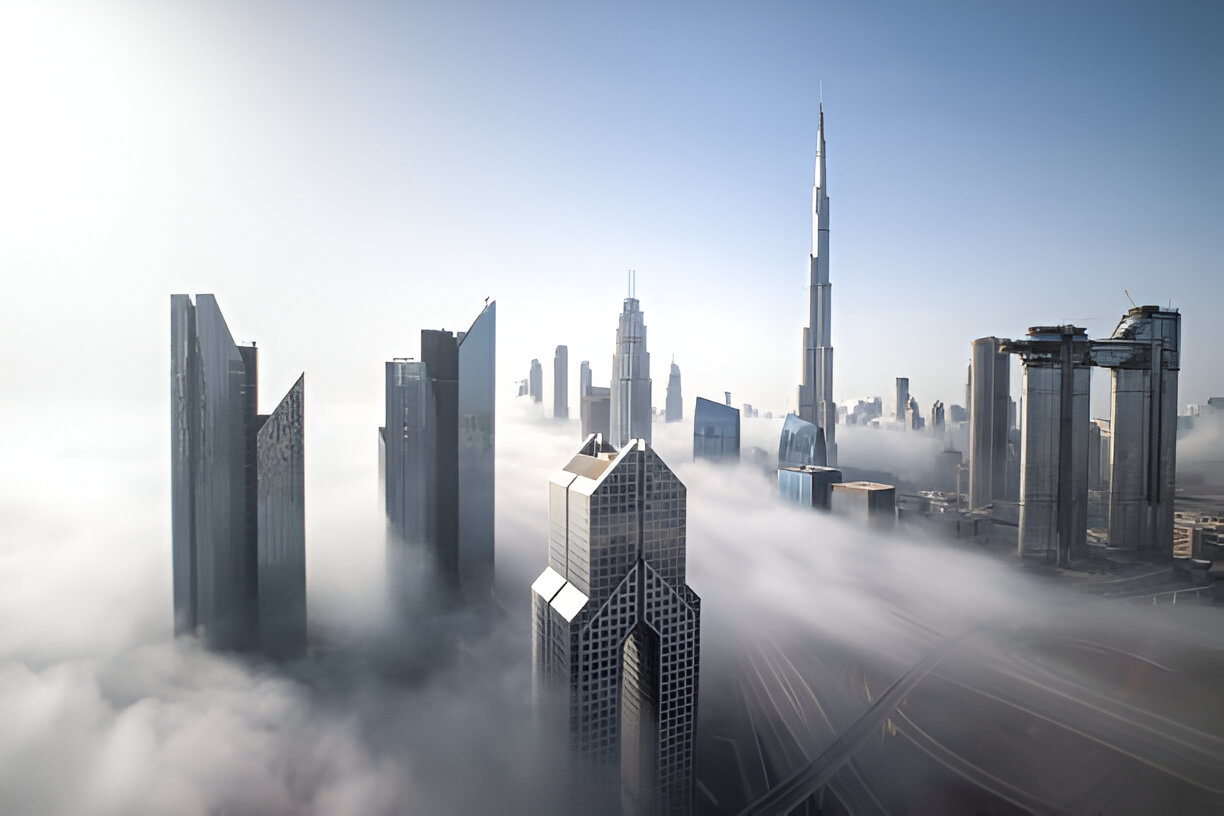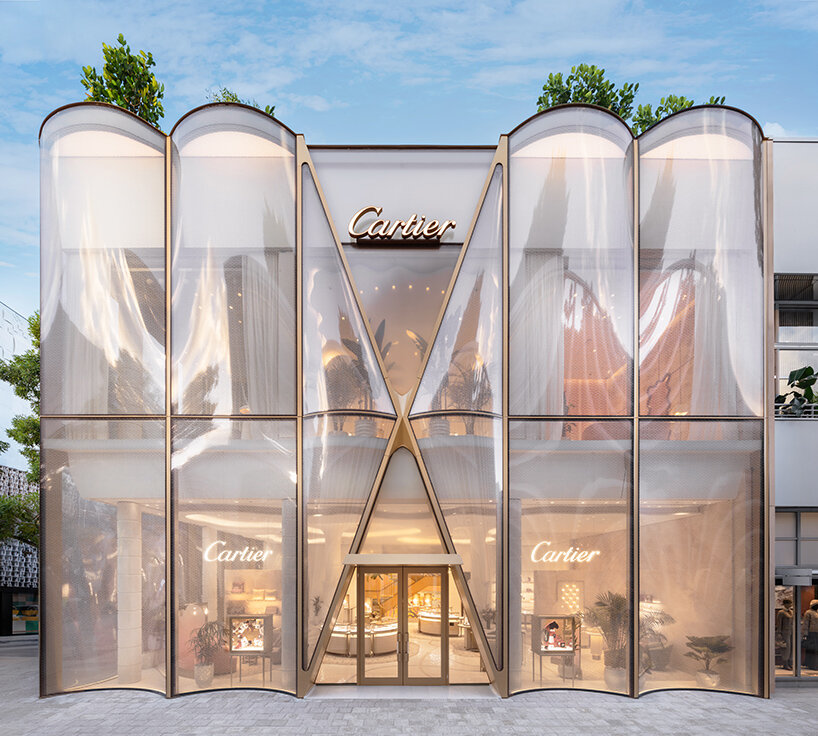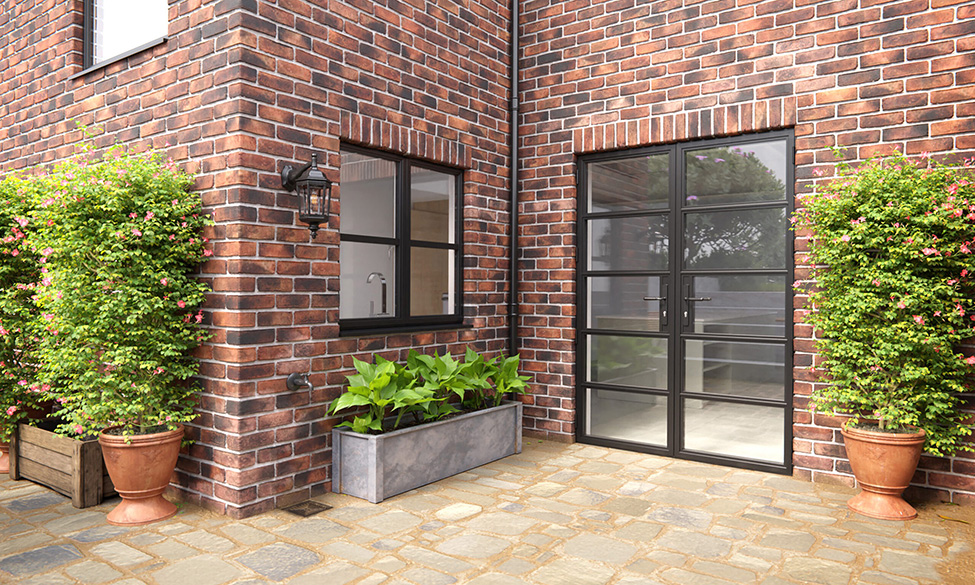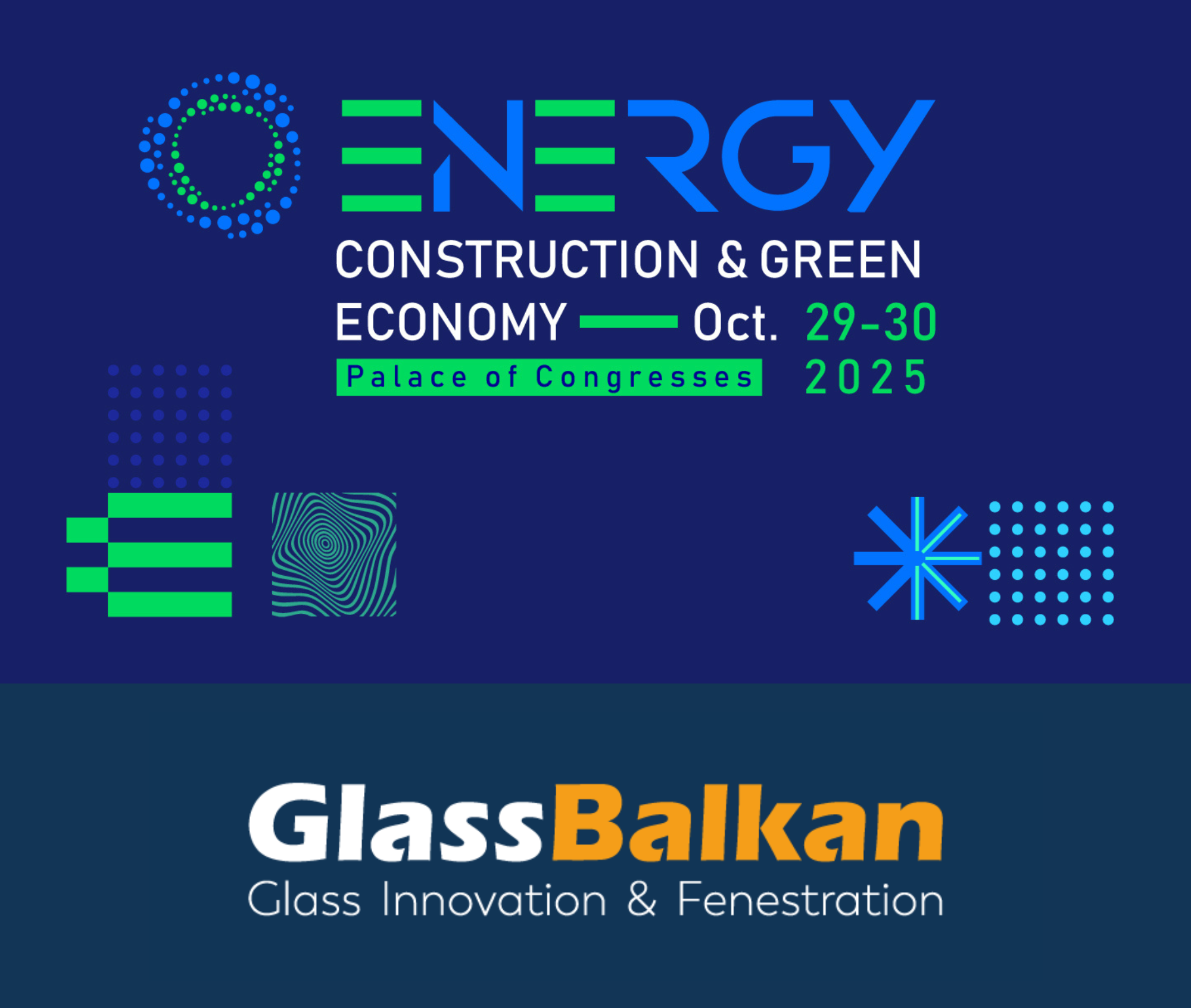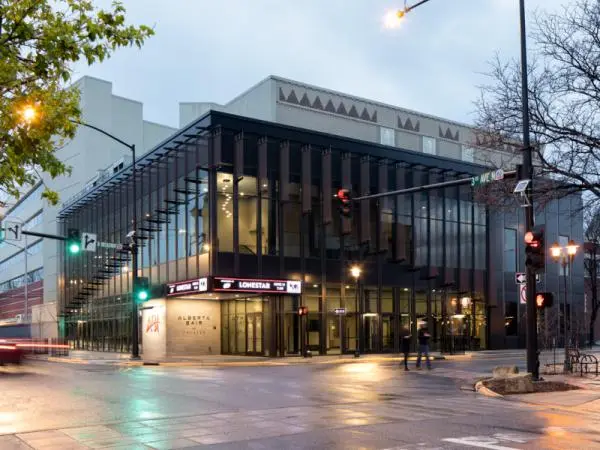Modernism once promised a clean break, a new dawn built from glass, steel, and conviction. Its architects spoke of clarity, order, and reason, hoping that transparency would banish the weight of history. Yet, decades later, the buildings that were meant to embody lightness now hum with a strange, quiet unease.
Picture not the crumbling Gothic mansion on the hill, but a vast structure of glass that never sleeps, its lights always on, its walls always watching. The emptiness inside seems louder than silence. This is the haunted house of our century: not decaying, but gleaming.
Le Corbusier’s Villa Savoye, with its pristine geometry, was conceived as a “machine for living.” But walk through its corridors on a foggy morning and it feels less like a machine and more like a memory that refuses to fade. Its sterile perfection doesn’t liberate; it isolates. The echo of footsteps lingers too long, as if the space itself is remembering something it was designed to forget.
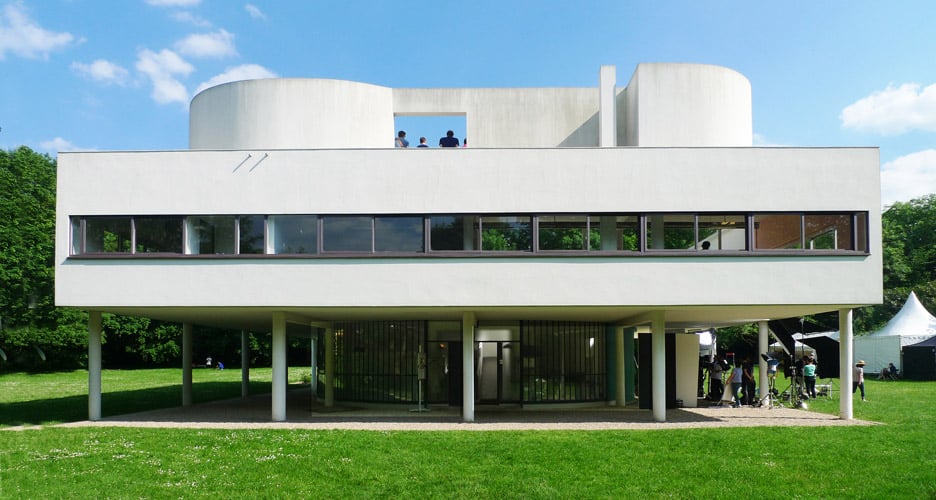
Across the Atlantic, Philip Johnson’s Glass House in Connecticut sits like a transparent secret, an open confession that still hides what it cannot say. Its total visibility turns inward; the glass reflects the self until the viewer becomes the ghost. The promise of transparency becomes the performance of solitude.
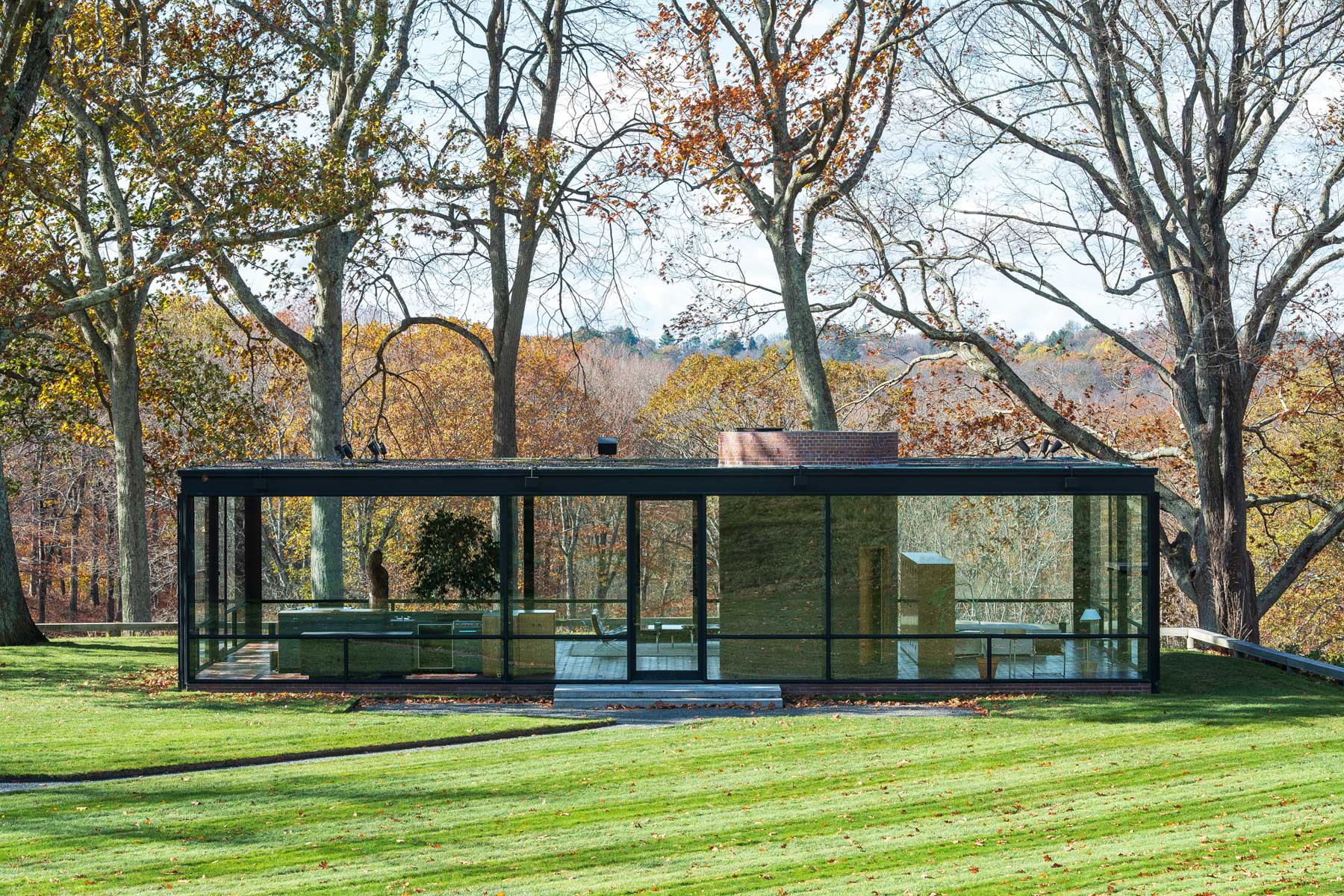
Even the monumental Barbican Estate in London carries this paradox. Built to represent postwar renewal, it now feels suspended between utopia and decay, brutalism softened by moss, its concrete towers vibrating with echoes of the past. Beneath its sculptural forms, one can sense an unfinished dream: the belief that design could redeem the human condition.
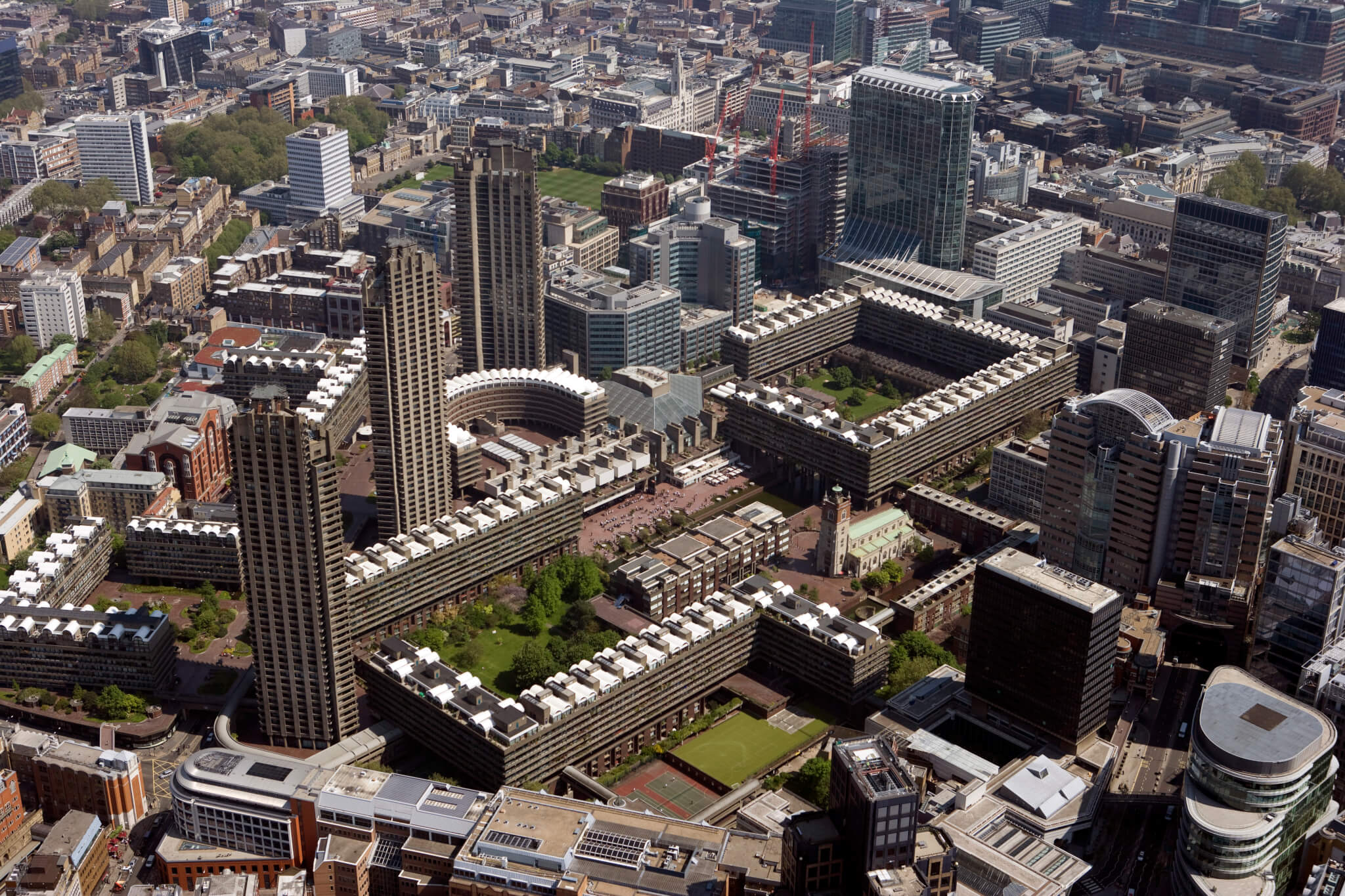
Perhaps that’s why modernism feels haunted, not by specters, but by its own unfulfilled faith. It tried to erase the past, but the past was structural. You can’t build light without shadow.
Today, when we stand before mirrored facades and glass atriums, what unsettles us isn’t what we see, it’s what we don’t. The reflections multiply, and somewhere among them, our collective disillusionment takes form. Modernism sought to build clarity. Instead, it revealed that transparency can be the most elegant disguise for emptiness.
Source: Glass Balkan
